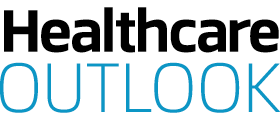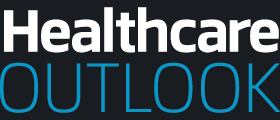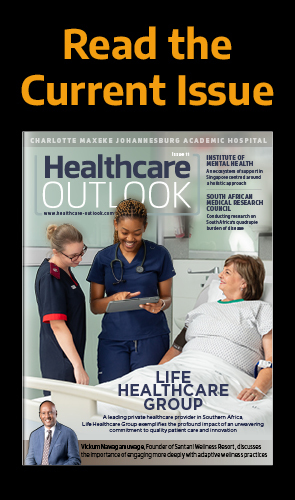CLOUD MIGRATION IS IMPERATIVE
FACILITATING COLLABORATION
This, by extension, streamlines administrative efforts across the board – which means medical professionals spend less time searching for critically relevant patient information and more time on patient care. Administrative costs come down, and the speed at which patients receive care accelerates.
SCALABILITY FOR FLUCTUATING NEEDS
Scalability plays a pivotal role in all healthcare organisations. Seasonal increases, such as flu outbreaks or unexpected spikes in patient numbers due to other less predictable events such as natural disasters, are examples of the fluctuations they must accommodate.
Cloud setups are a reliable ally here, able to scale in near-real time. For example, ‘elastic computing’ empowers healthcare organisations to swiftly adjust computing resources, scaling up to reflect demand or down to reduce unnecessary expenditure.
This adaptability is invaluable for applications prone to sudden spikes in traffic, such as patient portals and EPRs. By contrast, on-premises equivalents involve substantial investments in hardware and software, which adapt far more slowly and may ultimately become obsolete or underutilised.
ENSURING DATA SECURITY AND COMPLIANCE
Given the sensitive nature of medical data, cybersecurity and regulatory compliance are paramount for healthcare institutions. Cloud providers offer a range of security features and capabilities, including intrusion detection and prevention systems, vulnerability management, and security incident response.
Cloud providers typically attain compliance certifications for a wide array of industry standards and regulations. This includes notable standards like the EU’s General Data Protection Regulation (GDPR) and the United Arab Emirates’ (UAE) Data Privacy Law. By building compliance measures into the platform, healthcare providers can leverage the cloud without fear of breaching regulations and without cumbersome upgrades or updates to security infrastructure.
BUSINESS CONTINUITY AND DISASTER RECOVERY
As it is freed from the physical limitations of on-premises hardware, cloud-based solutions are inherently robust against disaster, enabling healthcare providers to guarantee the continuity of critical services.
For example, the cloud’s capacity for data backup shields healthcare systems from potential data loss in the wake of disasters like fires, floods, or earthquakes. By storing the data safely in a data centre or server farm far from the premises, data is protected and can be transmitted to other facilities, supporting care efforts instantaneously.
This significantly reduces downtime, prevents data loss, and spreads the workload across multiple providers. It also allows professionals to access crucial data from mobile devices – which can be a key advantage to tackling disasters in remote areas or areas with difficult terrain.
Through data backup, cloud application hosting, and disaster recovery services, these systems can fortify their resilience, ensuring the continuous delivery of essential services while mitigating potential financial setbacks.
HARNESSING THE POWER OF AI AND MACHINE LEARNING
Cloud-based solutions are unleashing the potential of artificial intelligence (AI) and machine learning (ML) within healthcare systems, with the cloud providing the required computing power and data storage capacity for both technologies.
These include streamlined access to substantial datasets – a critical component for training and deploying AI and ML models – as well as the provision of potent computing resources necessary for executing complex AI and ML algorithms. For instance, AI-driven algorithms can meticulously analyse medical images, enabling the early detection of diseases before human doctors can.
The synergy of AI and ML also accelerates the drug discovery process, offering a means to identify new drug targets and predict the efficacy and safety of novel medications. This transformative approach holds the potential to revolutionise pharmaceutical research and development.
In allowing AI and ML to do the heavy lifting when it comes to organising and analysing specific datasets, medical professionals can save both time and energy traditionally reserved for menial tasks, committing those resources back into patient care.
THE FUTURE IS IN THE CLOUD
As European and Middle Eastern healthcare institutions navigate their digital transformation journey, a shift from on-premises to cloud installations is a strategic imperative.
While the path to migration may pose challenges, there are long-term benefits of enhanced accessibility, scalability, security, and business continuity. The exciting prospects of integrating AI and ML further underscore that this transition is not merely advantageous – but essential.
The moment has arrived for these healthcare institutions to wholeheartedly embrace the cloud revolution. The future of healthcare is not just in the cloud; it is the cloud.



























